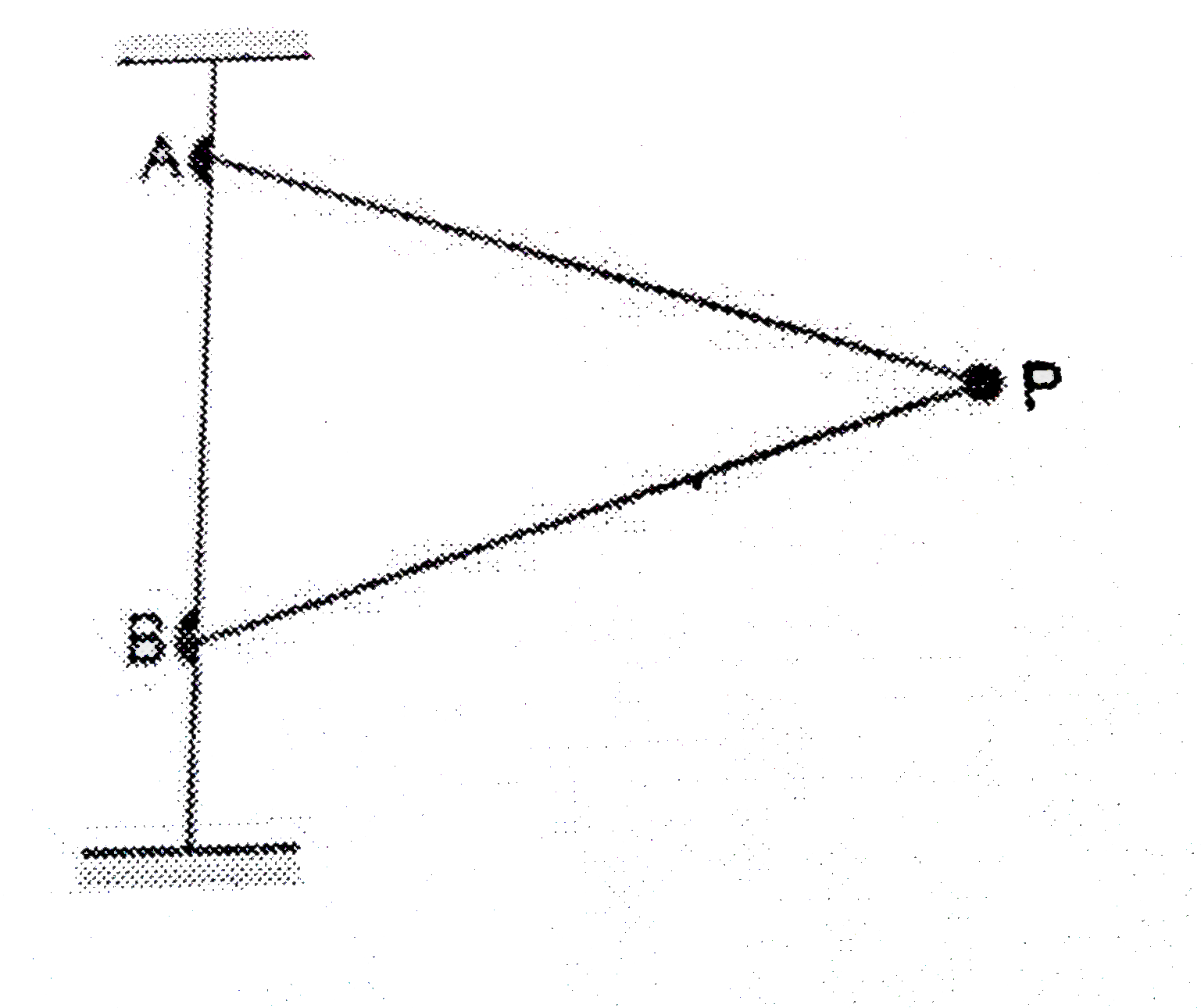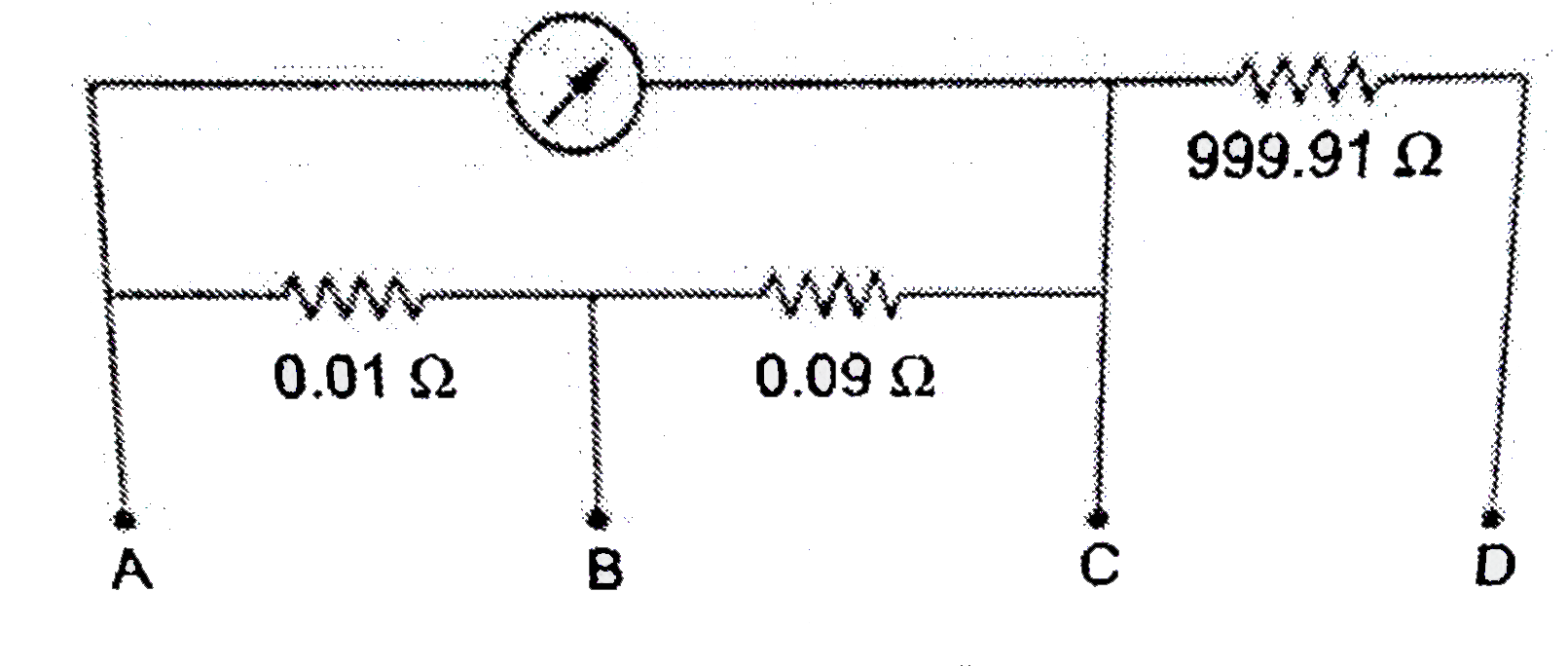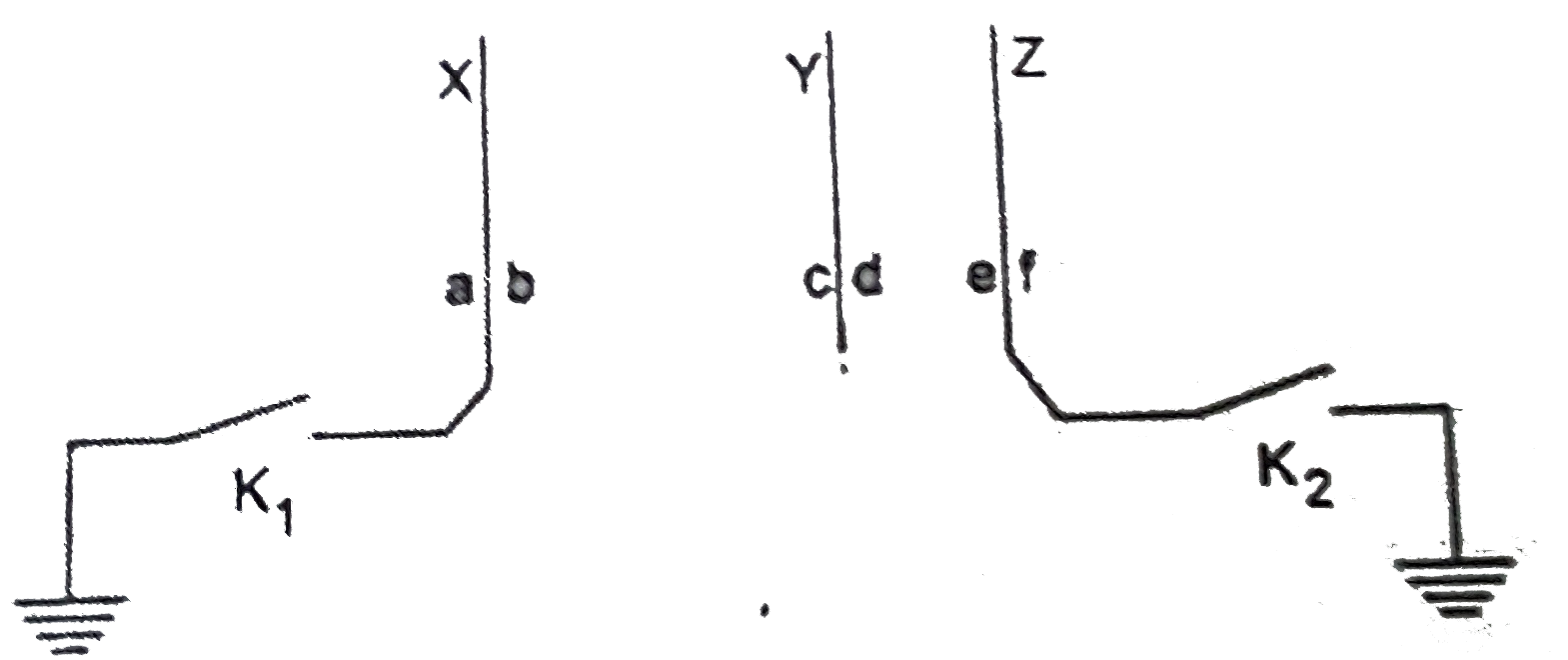Complete Solutions to Missellaneous Qns-3 (Pragraph) of chapter MISCELLANEOUS QUESTION 3 of Class 12 book with complete answers and questions
| Class 12 | PHYSICS |
| Chapter | MISCELLANEOUS QUESTION 3 |
| D MUKHERJEE | Missellaneous Qns-3 (Pragraph) |
| Number Of Questions | 18 |
| Academic Year | 2023-24 |
The particle P of mass m is attached to two light, rigid rods AP and BP of length l each. A and B are hings on a fixed vertical axis. The system APB can rotate freely about this axis. The angle ABP = the angle `BAP = theta`. The tensions in AP and BP are `T_(1)` and `T_(2)` respectively.

When the system is at rest, which of the following is not correct?
View SolutionThe particle P of mass m is attached to two light, rigid rods AP and BP of length l each. A and B are hings on a fixed vertical axis. The system APB can rotate freely about this axis. The angle ABP = the angle `BAP = theta`. The tensions in AP and BP are `T_(1)` and `T_(2)` respectively.

When the system is made to rotate about AB with angular velocity `omega`, which of the following is not correct?
View SolutionThe particle P of mass m is attached to two light, rigid rods AP and BP of length l each. A and B are hings on a fixed vertical axis. The system APB can rotate freely about this axis. The angle ABP = the angle `BAP = theta`. The tensions in AP and BP are `T_(1)` and `T_(2)` respectively.

The system is now rotated by `90^(@)` so that must be imparted to P, normal to the plane of the figure, such that it moves in a complete circular path in a vertical plane with AB as the axis?
View SolutionIn a ring ABCD of radius r, the lower half ABC has mass m and the upper half ADC has mass `2m`. In both parts, the masses are distributed evenly. The ring is initially at rest on a horizontal surface, as shown. O is the centre of the ring.

Let `C_(1)` denote the centre of mass of the section ABC and `C_(2)` denote the centre of mass of the section ADC. The distance `C_(1)C_(2)` is equal to
View SolutionIn a ring ABCD of radius r, the lower half ABC has mass m and the upper half ADC has mass `2m`. In both parts, the masses are distributed evenly. The ring is initially at rest on a horizontal surface, as shown. O is the centre of the ring.

The ring is now pushed very slightly and begins to roll on the horizontal surface without slipping. When it has made half a rotation, i.e., B is vertically above D, its angualar velocity `omega` will be given by (where `beta = g//pir`)
View SolutionIn a ring ABCD of radius r, the lower half ABC has mass m and the upper half ADC has mass `2m`. In both parts, the masses are distributed evenly. The ring is initially at rest on a horizontal surface, as shown. O is the centre of the ring.


The ring is now folded along the diameter AC, such that the plane of the section ABC is normal to the plane of the section ADC. (The angle BOD `= 90^(@)`). It is then placed on a thin, fixed horizontal wire, ie.e, the diameter AC lies along the wire. The angle made by DO with the vertical will now be
View SolutionA biconvex lens made of material with refractive index `n_(2)`. The radii of curvatures of its left surface and right surface are `R_(1)` and `R_(2)`. The media on its left and right have refreactive indices `n_(1)` and `n_(3)` respectively. The first and second focal lengths of the lens are respectively `f_(1)` and `f_(2)`.
The ratio, `f_(1)//f_(2)`, of the two focal lengths is equal to
View SolutionA biconvex lens made of material with refractive index `n_(2)`. The radii of curvatures of its left surface and right surface are `R_(1)` and `R_(2)`. The media on its left and right have refreactive indices `n_(1)` and `n_(3)` respectively. The first and second focal lengths of the lens are respectively `f_(1)` and `f_(2)`.
Assume that `n_(1) = n_(3)`. Which of the following statements is not correct ?
View SolutionA biconvex lens made of material with refractive index `n_(2)`. The radii of curvatures of its left surface and right surface are `R_(1)` and `R_(2)`. The media on its left and right have refreactive indices `n_(1)` and `n_(3)` respectively. The first and second focal lengths of the lens are respectively `f_(1)` and `f_(2)`.
Assume that `R_(1) = R_(2), n_(1) ne n_(3)`. The ratio, `f_(1)//f_(2)`, of the two focal lengths is equal to
View SolutionElectrical multimeters, or multitesters, are widely used by technicians when working with electrical and electronic circuits. In this instrument, a single milliammeter connected through different resistances is used to measure currents, potential differences and resistance over different ranges.
Current always enters the multimeter at the same terminal, A, and then passes through the milliammeter as well as through other resistances, placed in series with or parallel to it. The choice of the terminal at which current leaves the instrument decides its role (ammeter, voltemeter, etc.) and its range (maximum current or voltage which it can measure).
The milliammeter shown in the circuit has a coil (or internal ) resistance of `0.9 omega` and gives the full-scale deflection for a current of `10mA`.

If A and B are used as the terminals of the multimeter, i.e., current enters at A and leaves at B, it will function as an ammeter of range
View SolutionElectrical multimeters, or multitesters, are widely used by technicians when working with electrical and electronic circuits. In this instrument, a single milliammeter connected through different resistances is used to measure currents, potential differences and resistance over different ranges.
Current always enters the multimeter at the same terminal, A, and then passes through the milliammeter as well as through other resistances, placed in series with or parallel to it. The choice of the terminal at which current leaves the instrument decides its role (ammeter, voltemeter, etc.) and its range (maximum current or voltage which it can measure).
The milliammeter shown in the circuit has a coil (or internal ) resistance of `0.9 omega` and gives the full-scale deflection for a current of `10mA`.

If A and C are used as the terminals of the multimeter, i.e., current enters at A and leaves at C, it will function as an ammeter of range
View SolutionElectrical multimeters, or multitesters, are widely used by technicians when working with electrical and electronic circuits. In this instrument, a single milliammeter connected through different resistances is used to measure currents, potential differences and resistance over different ranges.
Current always enters the multimeter at the same terminal, A, and then passes through the milliammeter as well as through other resistances, placed in series with or parallel to it. The choice of the terminal at which current leaves the instrument decides its role (ammeter, voltemeter, etc.) and its range (maximum current or voltage which it can measure).
The milliammeter shown in the circuit has a coil (or internal ) resistance of `0.9 omega` and gives the full-scale deflection for a current of `10mA`.

If A and D are used as the terminals of the multimeter , i.e., current eneters at A and leaves at D, it will function as a voltmeter of which range?
View Solution
The figure shows three identical parallel conducting plates X, Y and Z. The separation between X and Y is 2d, and that between Y and Z is d. The six surfaces of the three plates are labeled a,b,c,d,e and f, as shown. The key `K_(1)` can connect X to ground,and the key `K_(2)` can connet `Z` to ground. Initially, both keys are open. Y has Q charge, X and Z have no charge.
If `K_(1)` is closed and `K_(2)` remains open, the charges on the surfaces a,b,c,d,e and f will be respectively.
View Solution
The figure shows three identical parallel conducting plates X, Y and Z. The separation between X and Y is 2d, and that between Y and Z is d. The six surfaces of the three plates are labeled a,b,c,d,e and f, as shown. The key `K_(1)` can connect X to ground,and the key `K_(2)` can connet `Z` to ground. Initially, both keys are open. Y has Q charge, X and Z have no charge.
If `K_(2)` is closed and `K_(1)` remains open, the charges on the surfaces `a,b,c,d,e` and f will be respectivel y
View Solution
The figure shows three identical parallel conducting plates X, Y and Z. The separation between X and Y is 2d, and that between Y and Z is d. The six surfaces of the three plates are labeled a,b,c,d,e and f, as shown. The key `K_(1)` can connect X to ground,and the key `K_(2)` can connet `Z` to ground. Initially, both keys are open. Y has Q charge, X and Z have no charge.
If both `K_(1)` and `K_(2)` are closed, the charges on the surfaces `a,b,c,d,e` and f will be respectively
View Solution
The diagram shows the basic setup for the production of X-rays. `A_(1)` and `A_(2)` are two ammeters, reading `2.55A` and `2.566A` respectively. F is a filament which is alos the cathode. The potential difference applied between P and Q is `50000 V`. Assume that all X-rays photons have the maximum possible energy and that one X-ray photon is emitted for every `100` electron incident on the target. You may assume that the kinetic energy of other electrons reappear as heat in the tube.
The number of X-ray photons produced per second is approximately
View Solution
The diagram shows the basic setup for the production of X-rays. `A_(1)` and `A_(2)` are two ammeters, reading `2.55A` and `2.566A` respectively. F is a filament which is alos the cathode. The potential difference applied between P and Q is `50000 V`. Assume that all X-rays photons have the maximum possible energy and that one X-ray photon is emitted for every `100` electron incident on the target. You may assume that the kinetic energy of other electrons reappear as heat in the tube.
The momentum of each X-ray photon is approximately
View Solution
The diagram shows the basic setup for the production of X-rays. `A_(1)` and `A_(2)` are two ammeters, reading `2.55A` and `2.566A` respectively. F is a filament which is alos the cathode. The potential difference applied between P and Q is `50000 V`. Assume that all X-rays photons have the maximum possible energy and that one X-ray photon is emitted for every `100` electron incident on the target. You may assume that the kinetic energy of other electrons reappear as heat in the tube.
The rate at which heat is produced in the X-ray tube is approximately
View Solution
Missellaneous Qns-3 (Pragraph) questions and complete solutions for chapter MISCELLANEOUS QUESTION 3 of D MUKHERJEE PHYSICS (HINGLISH) of Class 12